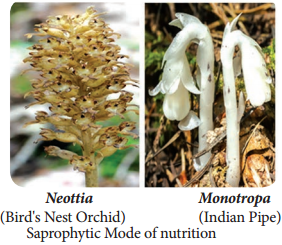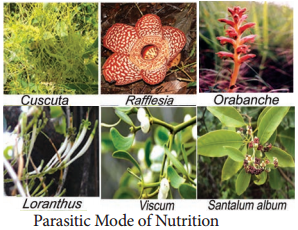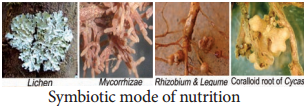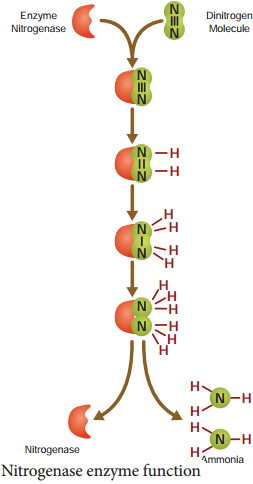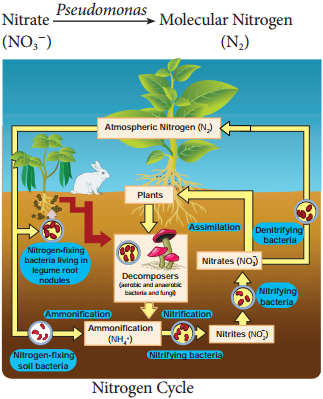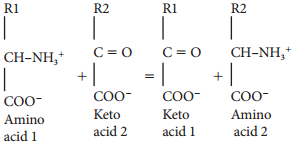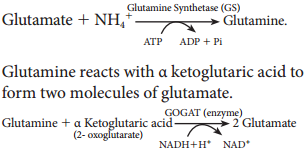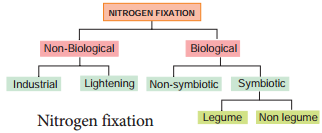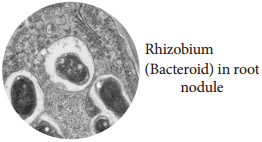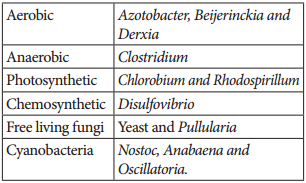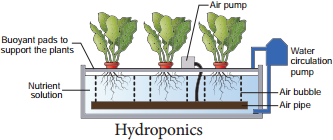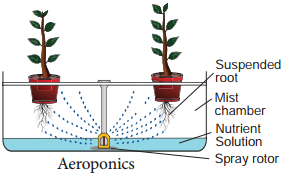Learninsta presents the core concepts of Biology with high-quality research papers and topical review articles.
Definition – Significance and Site of Photosynthesis
Photosynthesis is referred as photochemical oxidation and reduction reactions carried out with the help of light, converting solar energy into chemical energy. It is the most important anabolic process. Plants and photosynthetic bacteria use simple raw materials like carbon dioxide water and with the help of light energy synthesize carbohydrates and evolve oxygen. The overall chemical equation for photosynthesis is:
![]()
Ruben and Kamen (1941) demonstrated six molecules of water as insufficient for the evolution of 6 molecules of O2 and modified the equation as:

Photosynthesis is a collection of oxidation and reduction reactions (Redox reaction).
Oxidation:
Water is oxidised into oxygen (loss of electrons).
Reduction:
CO2 is reduced into Carbohydrates (gain of electrons).
In some bacteria, oxygen is not evolved and is called as non-oxygenic and anaerobic photosynthesis. Examples: Green sulphur, Purple sulphur and green fiamentous bacteria.
Significance of Photosynthesis
- Photosynthetic organisms provide food for all living organisms on earth either directly or indirectly.
- It is the only natural process that liberates oxygen in the atmosphere and balances the oxygen level.
- Photosynthesis balances the oxygen and carbon cycle in nature.
- Fuels such as coal, petroleum and other fossil fuels are from preserved photosynthetic plants.
- Photosynthetic organisms are the primary producers on which all consumers depend for energy.
- Plants provide fodder, fire, fie wood, timber, useful medicinal products and these sources come by the act of photosynthesis.
Site of Photosynthesis
Chloroplasts are the main site of photosynthesis and both energy yielding process (Light reaction) and fixation of carbon di oxide (Dark reaction) that takes place in chloroplast. It is a double wall membrane bounded organelle, discoid or lens shaped, 4-10 µm in diameter and 1-33 µm in thickness. The membrane is a unit membrane and space between them is 100 to 200 A °. A colloidal and proteinaceous matrix called stroma is present inside.
A sac like membranous system called thylakoid or lamellae is present in stroma and they are arranged one above the other forming a stack of coin like structure called granum (plural grana). Each chloroplast contains 40 to 80 grana and each granum consists of 5 to 30 thylakoids.
Thlakoids found in granum are called grana lamellae and in stroma are called stroma lamellae. Thlakoid disc size is 0.25 to 0.8 micron in diameter. A thinner lamella called Fret membrane connects grana. Pigment system I is located on outer thylakoid membrane facing stroma and Pigment system II is located on inner membrane facing lumen of thylakoid.
Grana lamellae have both PS I and PS II whereas stroma lamellae have only PS I. Chloroplast contains 30-35 Proteins, 20-30% phospholipids, 5-10% chlorophyll, 4-5% Carotenoids, 70S ribosomes, circular DNA and starch grains.
Inner surface of lamellar membrane consists of small spherical structure called as Quantasomes. Presence of 70S ribosome and DNA gives them status of semi-autonomy and proves endosymbiotic hypothesis which says chloroplast evolved from bacteria. Thlakoid contains pigment systems which produces ATP and NADPH + H+ using solar energy. Stroma contains enzyme which reduces carbondioxide into carbohydrates. In Cyanobacteria thylakoid lies freely in cytoplasm without envelope (Figure 13.1).

